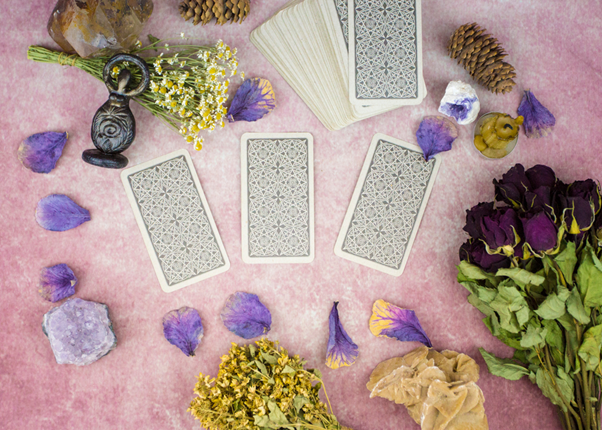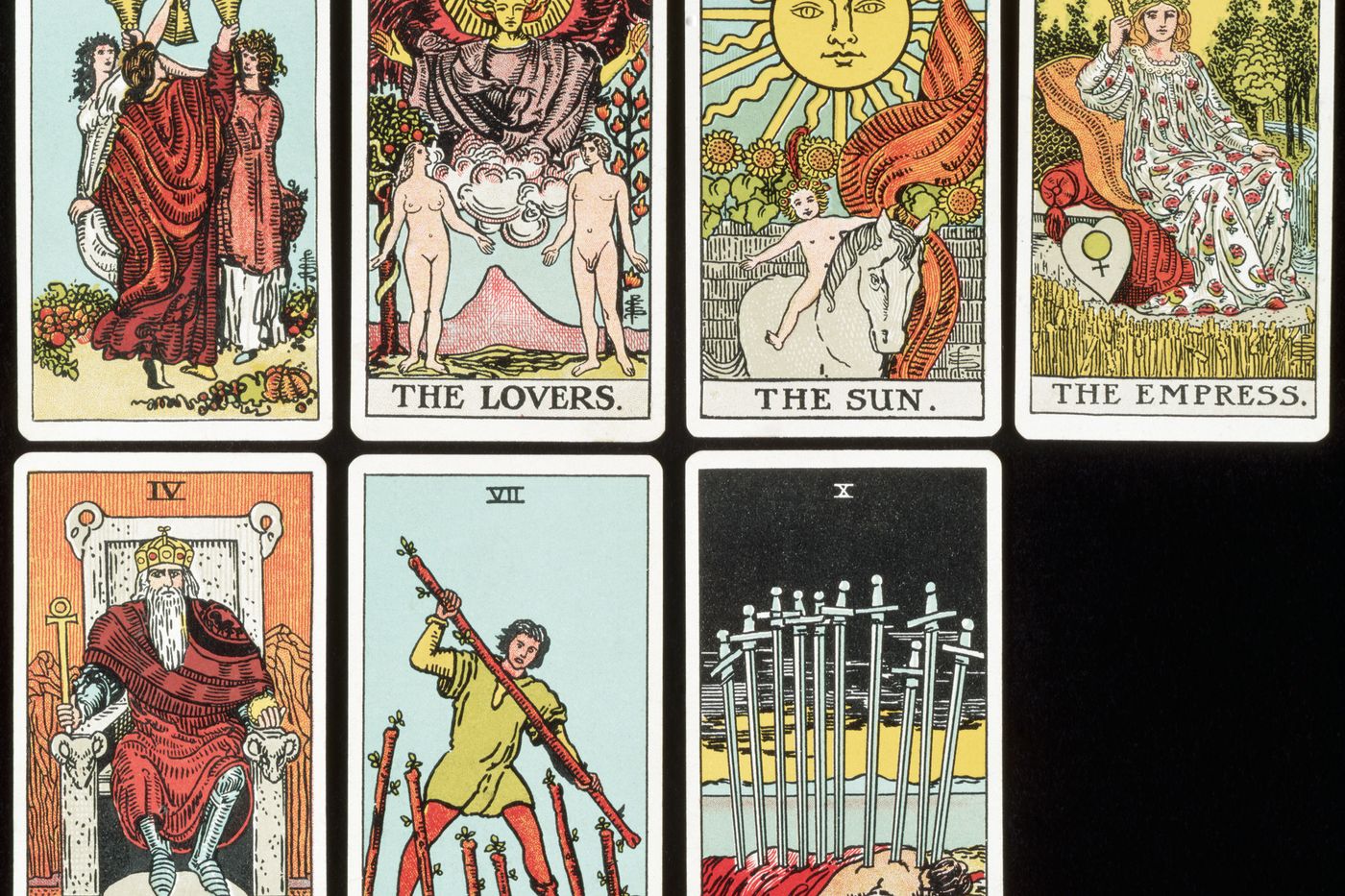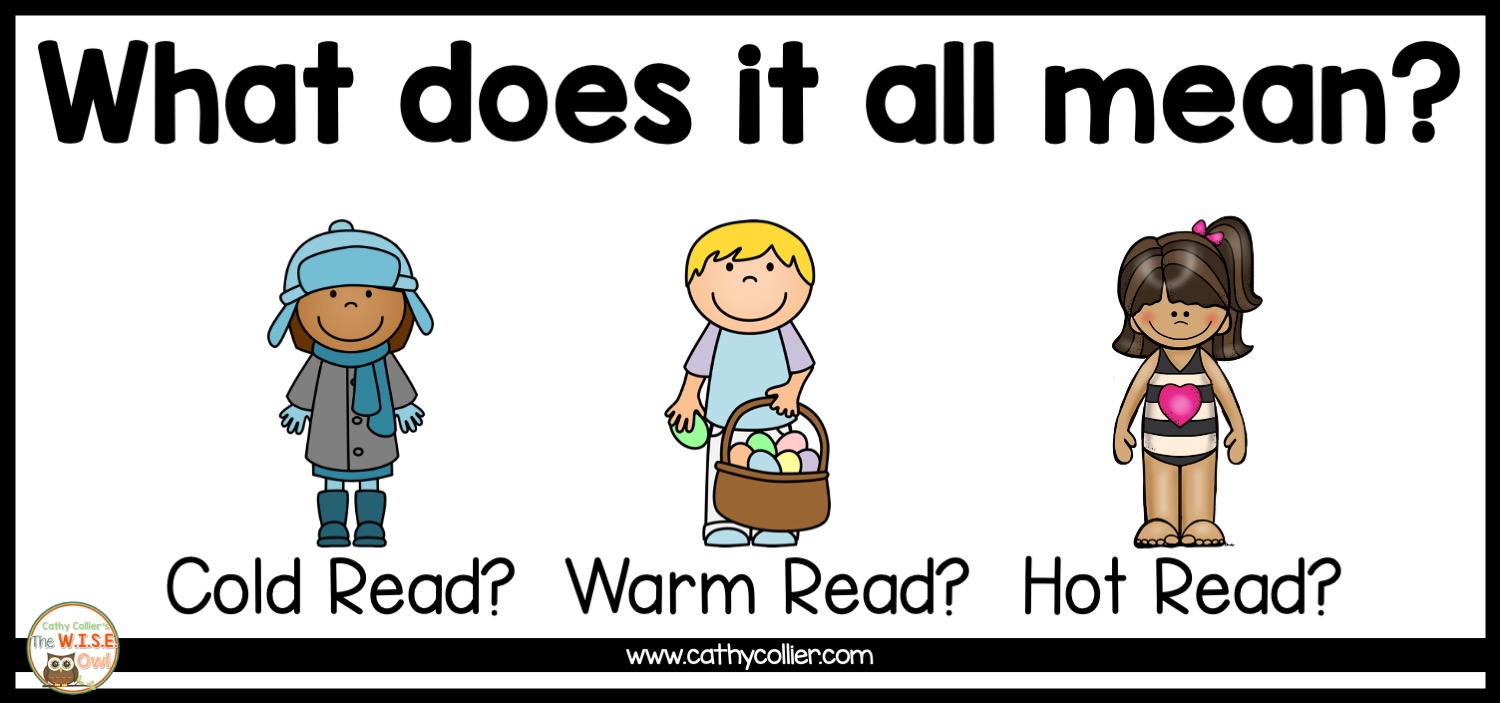
Palmistry is an ancient art that uses your hands as a map for understanding your personality. The map can reveal everything you need to know about yourself, your past, and even your personal potential. This palmistry manual teaches you how read your hand's energy using illustrations and interactive features. The book will help you to identify the different types of hands and the meaning of the lines and markings on your fingers. You will also find out about the meanings and rings on your hands.
Hands: A Comprehensive Guide to Palmistry
Knowing how to read and interpret the features of the hand is a key part of one's personality. The four basic shapes that make up the hand are water, fire, water, or earth. Each element reflects a person’s character. These characteristics can be seen in the lines of the hand and the creases.
LifePrints. Your Fingerprints are the Key to Your Life's Meaning
Our fingerprints are unique. Our fingerprints are unique. We have been using them for over 100 years as a form of personal identification. But did we know that they could also be used by us to help us find our life's purpose and meaning? Richard Unger shares a way to empower your fingerprints and find the meaning of your life.

Fingerprints are unique, and we form them five months before we're born. That's why they're considered the most reliable way to identify ourselves. Richard UNger presents a unique method for self-discovery and daily compass for meaning.
Cheiro, the Palmist
Cheiro the Palmist was a famous palmist who predicted the future to the hour. Despite his fame, Cheiro was a lonely man who resisted social bonds. His lonely life almost cost Cheiro his life. Even though he had many admirers and was able write books about the techniques and methods he used, Cheiro did not have the ability to do so.
Cheiro the Palmist is one of the most influential palmists of all time. He is known for his revelations about the Line of Life. He believed that all aspects of life are affected by the Line of Life. The line should be a long, narrow, and deeply drawn. Good health is achieved when the line is both long and deep.
Benham Book of Palmistry
This practical guide to palmistry first appeared in 1900. It has over 800 illustrations drawn from real life, and contains a lot of information about palmistry. Topics covered in this treatise include: The Basics of Our Work, Plan of Creation, Mount Types, Life Current, General Attributes of the Lines, and Pose and Carry of Hands.

Benham discusses different hand formations called mounts. Benham explained that each mount represents a person's virtues as well as faults. In the same way, each mount corresponds to a different type of astrological sign. Jupiter is the sign Jupiter and Saturn the sign Saturn. Venus is the sign.
Eason’s palmistry book
Cassandra Eason has written A Little Bit of Palmistry, which is a good introduction. It covers the basic lines of the palm and their interpretation, the head and heart lines, the lines of life and destiny, and other important information. It contains 109 pages and is a great starter book for beginners.
Palmistry can be a fun way to learn. It is used to predict the past, identify opportunities and challenges, and determine compatibility. Many people find this to be the most fun type of divination, and it's one of the most accurate. Some books focus on the Active hand, which is the main writing hand. This hand may record the potentials, possibilities, and challenges of a person.
FAQ
What are the most popular hobbies right now?
Popularity is not always a good thing. Popularity can often be used to excuse mediocrity. The fact is that most people do not have time to pursue any hobby they want. They are too busy trying to make ends meet. What should you do when you don't have much time? You could also start your own business.
But it's not an easy task. Before you can make your idea a reality, there are many hurdles to overcome.
So if you're looking for something more exciting than running a business, you should consider pursuing a hobby.
Hobbies can be more than just creative pursuits. There are many hobbies. These hobbies include:
-
Gardening
-
Cooking
-
Photography
-
Reading
How can I find a hobby for myself?
It can feel overwhelming to start your search for a hobby when you first begin.
You're probably thinking, "I'm not very artistic," or "I'm terrible at sports," or maybe even "I don't know anything."
The truth is that you likely already have a lot experience in your chosen hobby.
It's not that you don’t realize it yet.
Take a tour of your house. How many things do you own?
Do you still have toys?
You might have a collection.
Perhaps you've always wanted a career in cooking.
Or maybe you'd really like to start playing guitar again.
Whatever it may be, you can likely turn it into something.
It is important to recognize that you already have a lot of experience to draw from.
You'll find a hobby that fits your lifestyle once you do.
How can I get started in my new hobby?
It is important to choose the type of hobby you want to start.
Passion is essential once you have selected your subject.
Understanding why you are interested in a hobby is important. This will help give you direction and provide a purpose.
Once you've decided what type of hobby you'd like to pursue, you can begin planning.
Think about what equipment you'll need to purchase.
Consider whether you are required to attend classes and seminars.
Make sure you have enough space for your hobby.
Consider joining a club, or group. These groups are often supportive and offer advice.
The last thing you should do is think about how much money it would cost to pursue your hobby.
What kinds of hobbies are appropriate for introverts.
Introverts have the ability to focus on one thing at a time. They are more comfortable with solitary activities, such reading, writing, music, and watching movies.
They also enjoy spending quiet time alone. However, they do not enjoy socializing all day long. In fact, they can often be bored when surrounded with people.
Introverts will often choose hobbies that require them alone. For example, they may enjoy reading books, listening to music, taking photographs, painting, writing poetry, etc.
Many introverts choose to live alone. They can concentrate on their hobby without being distracted.
Where can I find free resources to learn more about hobbies?
Many websites are dedicated to helping people find new hobbies.
Here are some favorites of ours:
www.trythisathome.com - This site provides a list of over 100 different hobbies. It also includes information on how to get started on each one.
www.hobbyfinders.org -- This site provides a searchable database of thousands upon thousands of hobbies that you can browse by skill level, location and interest.
www.indiebazaar.co.uk - IndieBazaar is an online marketplace designed specifically for independent artists and musicians. This site offers hundreds of products, ranging from artwork and music gear.
www.pinterest.com/explore/hobbies - Pinterest is a social media network that lets users "pin" images they find interesting onto their boards. Boards allow users to organize things they like into specific categories.
www.reddit.com/r/Hobbies: Reddit, another social media platform, allows users to post links to articles and videos. Voting allows users to vote for the most valuable posts.
Is it possible to become rich from a hobby?
Not necessarily.
However, if you're interested in creating a business based on your hobby, then you could definitely end up being wealthy.
For example, let's say you're a fan of cooking. You love to eat healthy food, so you decided to open up a restaurant.
You only offer organic meals from scratch. Customers pay a small charge to cover the cost of ingredients and labor.
You grow your clientele and eventually you hire employees who can work with you.
Soon, your menu will include gluten-free and vegan options as well as desserts.
In this scenario, you've created a successful business that has allowed you to live the type of lifestyle you wanted.
However, you don't have to quit your day job.
You could instead run your own restaurant and still hold your 9-5 job.
Statistics
- The intensity of the dialogue partners' bond at the end of the forty-five-minute vulnerability interaction was rated as closer than the closest relationship in the lives of 30 percent of similar students. (time.com)
- In comparison, men in the “no humor” condition were refused 84.6% of the time and were only accepted 15.4% of the time. (time.com)
- The Role of the Mind in Sex, Dating, and Love: Men in the “humor” condition received phone numbers from 42.9% of the female participants and were refused 57.1% of the time. (time.com)
- Studies show that just six minutes of reading can reduce stress levels by 60 percent. (oberlo.com)
- I am 100% biologically a woman (discover.hubpages.com)
External Links
How To
How to Start Baking
Baking is the process of making food from flour and eggs, sugar, butter, and other ingredients. Baking relies on flour, fats/sugars, leavening ingredients, salt and water. We will be discussing how to make bread in this article. We will be using common ingredients such wheat flour and yeast as well as butter, olive oils, butter, egg whites (milk powder), eggs whites, egg yolks, salt, honey, water, and butter.
Mix these ingredients together to make bread. First, add the dry ingredients, flour, yeast, and salt to your mixing bowl. Then, add the dry ingredients (flour, yeast, salt) to your mixing bowl. Combine them all. The honey should be added to the dough. Knead the dough until it is smooth. Allow the dough to rise for about 30 minutes. After rising the dough should be firm and elastic. The dough can be rolled out and placed on a baking sheet. Bake at 180°C for fifteen minutes.